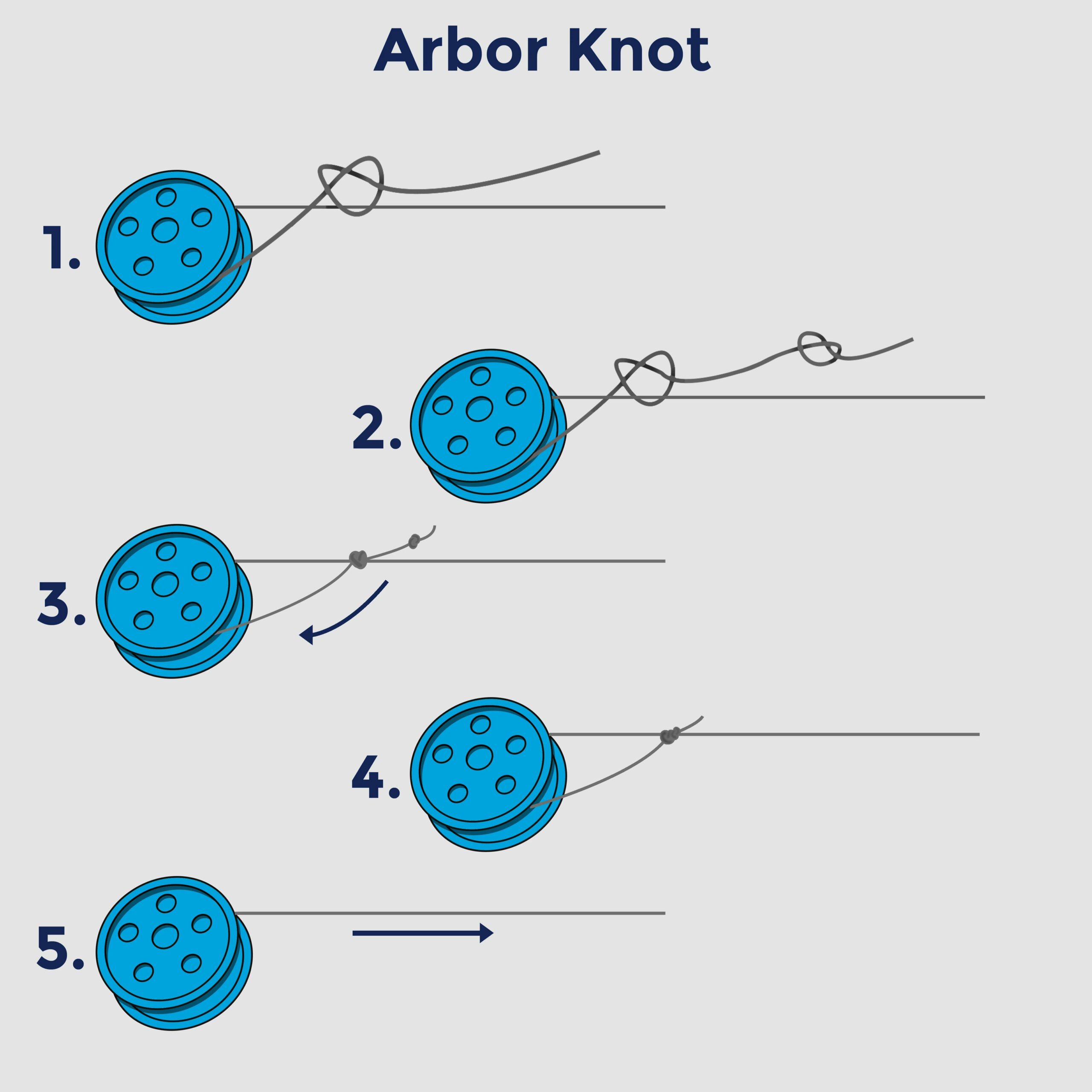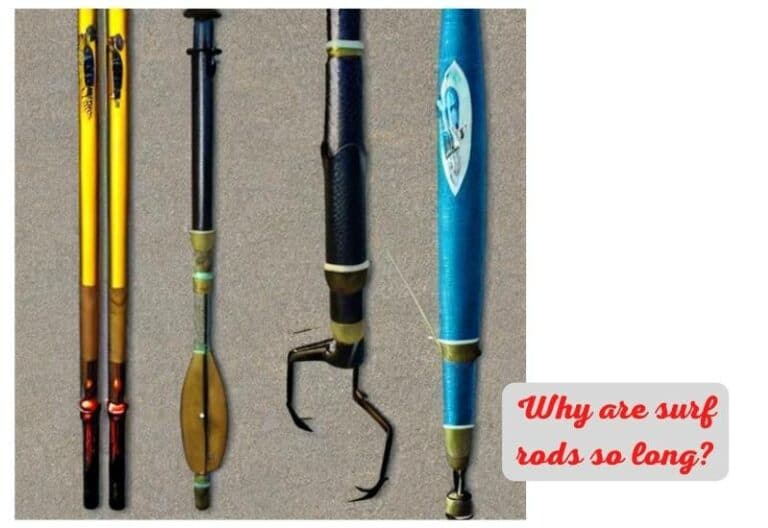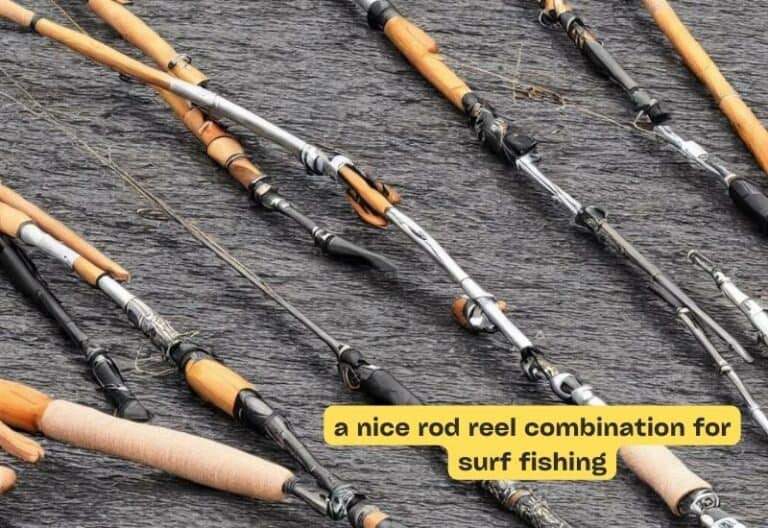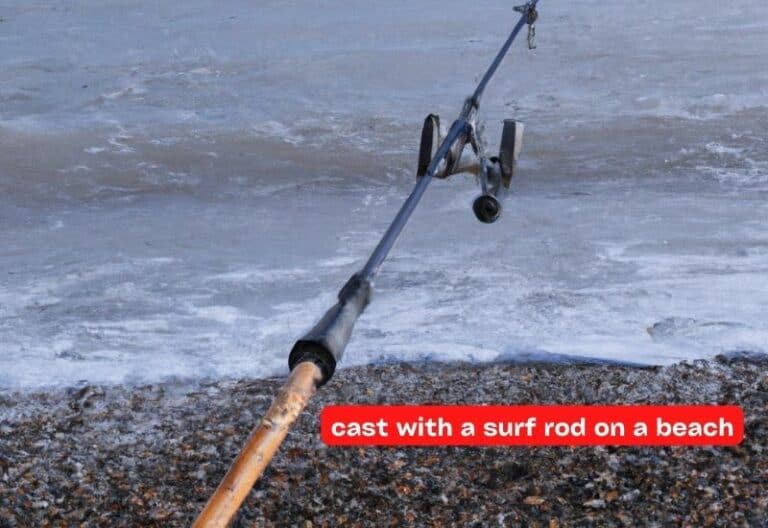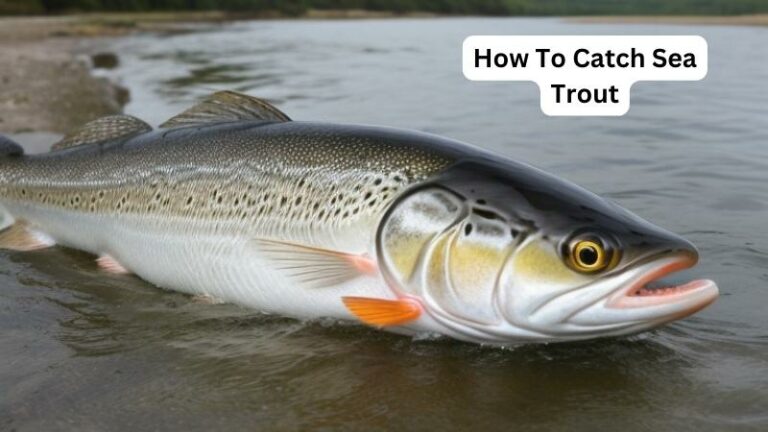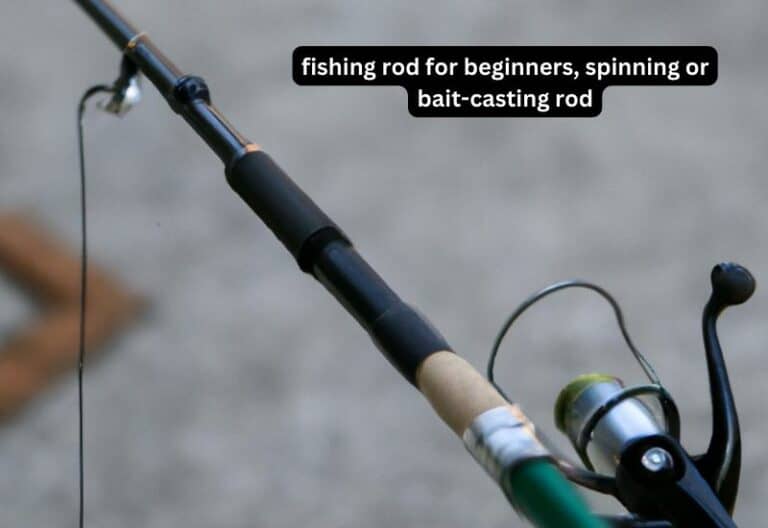Essential Guide: How To Tie Arbor Knot On Baitcaster
Looking to learn how to tie an arbor knot on a baitcaster? You’ve come to the right place! In this article, we’ll guide you through the process of tying this essential knot, step by step. Whether you’re a seasoned angler or new to the world of fishing, mastering the arbor knot is crucial for ensuring a secure and reliable connection between your fishing line and spool. So, grab your baitcaster and let’s dive into the simple yet effective technique of tying the arbor knot on your fishing reel.
How to Tie an Arbor Knot on a Baitcaster
The arbor knot is an essential knot for anglers who use a baitcaster reel. It is used to attach the fishing line to the spool, ensuring a secure connection and preventing slippage during casting and retrieving. In this comprehensive guide, we will walk you through the step-by-step process of tying an arbor knot on a baitcaster, covering everything from the materials needed to tips for tightening the knot properly.
Materials Needed
Before we dive into the knot-tying process, let’s gather the materials you will need:
- Baitcaster reel
- Fishing line
- Scissors or line cutter
Step-by-Step Guide: Tying an Arbor Knot on a Baitcaster
Follow these instructions carefully to tie an arbor knot on your baitcaster reel:
Step 1: Prepare the Reel
Before attaching the fishing line, make sure the spool on your baitcaster is properly aligned. Ensure that the line guide is facing towards the rod’s tip and the reel handle is on the side you prefer.
Step 2: Thread the Line
Start by threading the fishing line through the rod’s line guides, starting from the bottom guide closest to the reel. Continue threading until you reach the line guide closest to the rod’s tip.
Step 3: Wrap the Line Around the Spool
Take the loose end of the line and wrap it around the spool, starting from the top and moving towards the bottom. Make sure the wraps are tight and close together. Aim for a minimum of six wraps, but you can add more if desired.
Step 4: Create a Loop
After wrapping the line around the spool, create a loop by passing the loose end of the line back over itself. Make sure the loop is big enough to work with but not too large that it may slide off when tightening the knot.
Step 5: Hold the Loop in Place
With one hand, hold the loop firmly against the spool to prevent it from unraveling. This step is crucial for maintaining tension during the knot-tying process.
Step 6: Wrap the Line Around the Main Line
Using your free hand, wrap the loose end of the line around the main line, moving away from the loop and towards the rod tip. Aim for a minimum of three wraps, but add more if desired. Keep the wraps tight and close together.
Step 7: Insert the Loose End Through the Loop
Once you’ve completed the wraps, carefully insert the loose end of the line through the loop you created earlier. Make sure the loose end goes through the loop from the bottom to the top.
Step 8: Tighten the Knot
Hold the loose end in one hand and the main line in the other. Slowly pull both ends in opposite directions to tighten the knot. Apply steady pressure until the knot securely fastens around the spool. Ensure that the wraps are snug and the knot is not slipping.
Step 9: Trim Excess Line
Once the knot is tightened, use scissors or a line cutter to trim the excess line from the loose end. Leave a small tag of line to prevent the knot from unraveling.
Tips for Tying an Arbor Knot on a Baitcaster
To ensure a successful arbor knot, consider the following tips:
- Make sure the wraps are tight and close together to prevent the knot from slipping.
- Apply steady pressure when tightening the knot to ensure it is secure.
- Check the knot regularly for any signs of slippage or looseness.
- Use sharp scissors or a line cutter to trim the excess line neatly.
- Practice tying the knot before heading out on your fishing trip to familiarize yourself with the process.
Tying an arbor knot on a baitcaster is a fundamental skill for any angler. With a little practice, you’ll be able to tie this knot quickly and efficiently, ensuring a secure connection between your fishing line and the reel spool. Remember to check the knot’s tightness regularly while fishing to avoid any potential issues. Happy angling!
Spool Your Fishing Line onto a Reel with the Arbor Knot – ITS Knot of the Week HD
Frequently Asked Questions
How do I tie an arbor knot on a baitcaster?
To tie an arbor knot on a baitcaster, follow these steps:
- Begin by passing the fishing line around the spool of the reel.
- Make an overhand knot on the standing line, leaving a small loop.
- Pass the end of the line through the loop created in the previous step.
- Tighten the knot by pulling both the standing line and the tag end.
- Trim the excess line, leaving a short tag for added security.
What is the purpose of tying an arbor knot on a baitcaster?
The arbor knot is used to secure the fishing line to the spool of a baitcaster reel. It ensures that the line remains firmly attached during casting and reeling, preventing slippage and ensuring optimal performance when using the reel.
What type of line is suitable for tying an arbor knot on a baitcaster?
An arbor knot can be tied with various types of fishing lines such as monofilament, fluorocarbon, or braided lines. It is important to ensure that the line you choose is strong, durable, and compatible with the specific baitcaster reel you are using.
Are there any alternative knots for securing line to a baitcaster?
Yes, there are alternative knots that can be used to secure the line to a baitcaster reel. Some popular alternatives include the Uni knot, the improved clinch knot, and the palomar knot. Each knot has its own advantages and suitability for different types of lines and fishing conditions.
Is the arbor knot suitable for other types of fishing reels?
The arbor knot is primarily used for baitcaster reels, but it can also be used for other types of reels such as spinning reels or conventional reels. However, it is important to consider the specific requirements of each reel and consult the manufacturer’s instructions or recommendations for the most suitable knot.
Can I tie an arbor knot without using a loop?
While the traditional arbor knot involves creating a loop, it is possible to tie the knot without a loop. Instead, you can make a simple overhand knot around the standing line and then pass the tag end through the coil. However, using a loop can make it easier to tighten and secure the knot properly.
Final Thoughts
Tying an arbor knot on a baitcaster is an essential skill for any angler. By following these simple steps, you can ensure a secure connection between your line and spool, preventing any potential slippage or line tangles. Begin by threading the line through the arbor, then make an overhand knot around the standing line. Next, create a second overhand knot above the first and tighten them both. Finally, pull the tag end tight to secure the knot and trim any excess line. With this technique, you can confidently tie an arbor knot on your baitcaster, improving your fishing experience.
